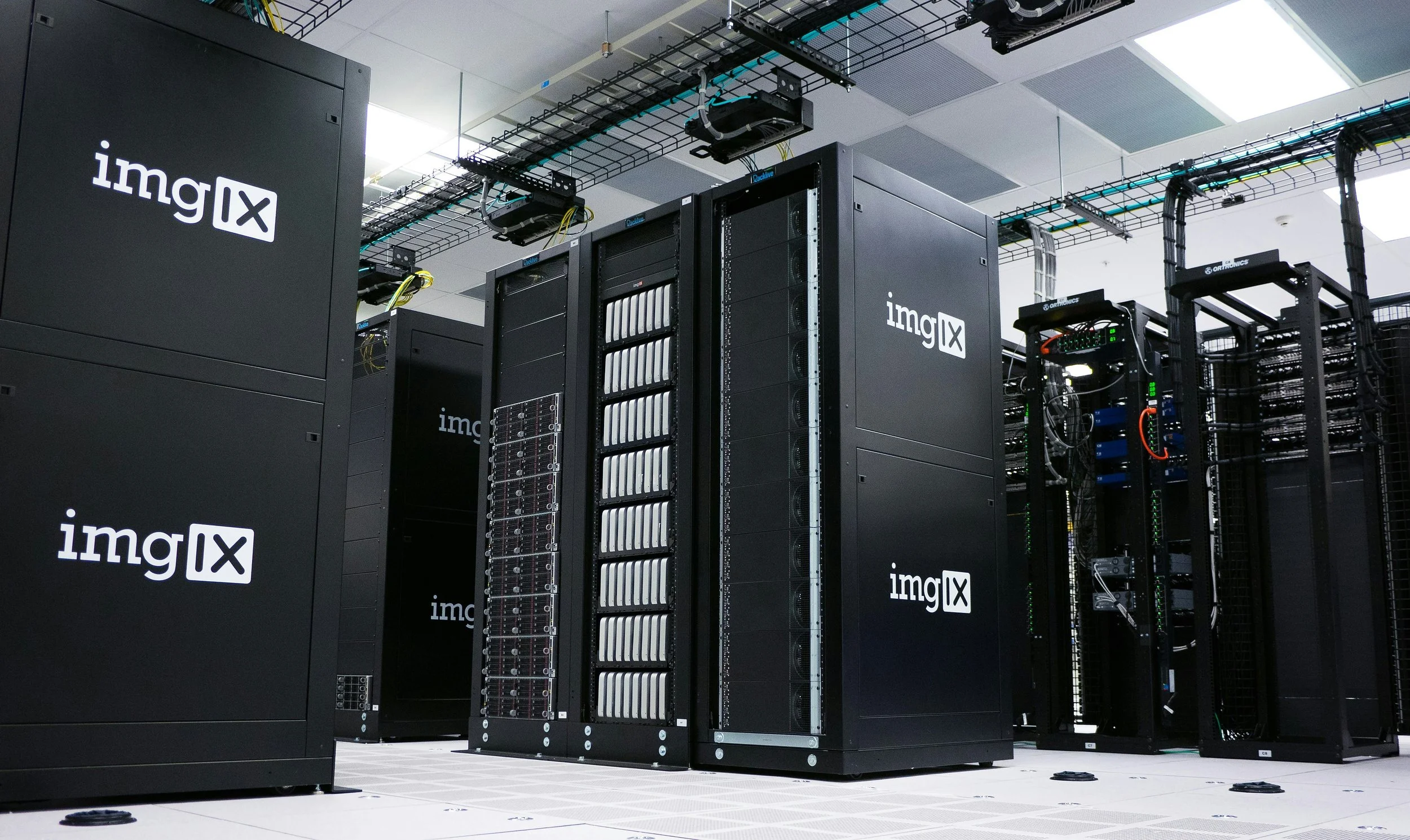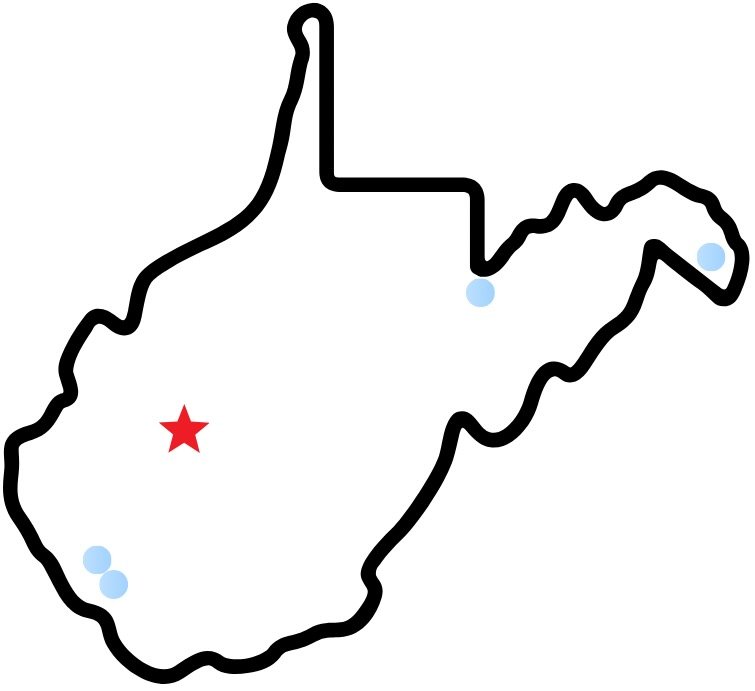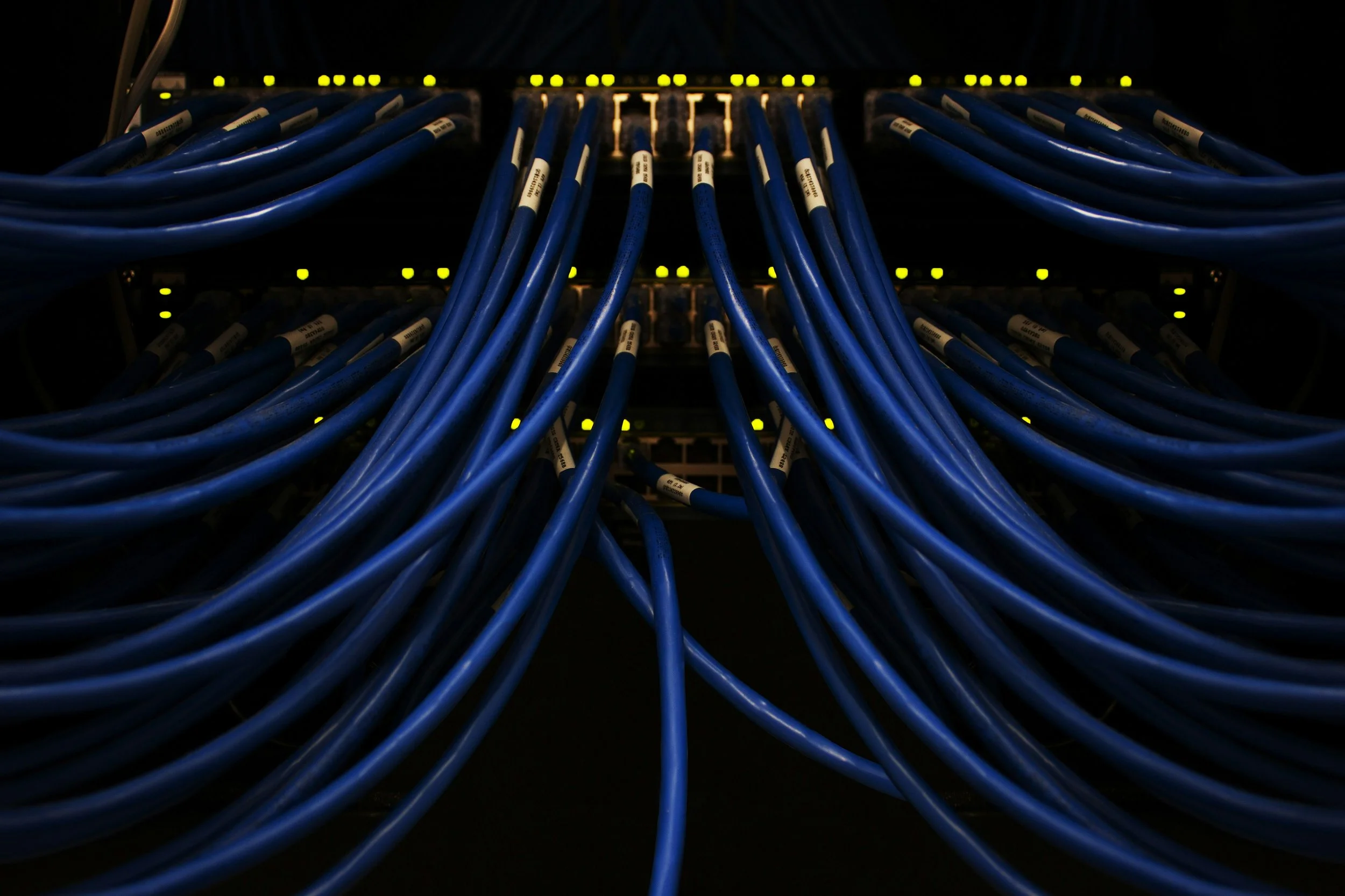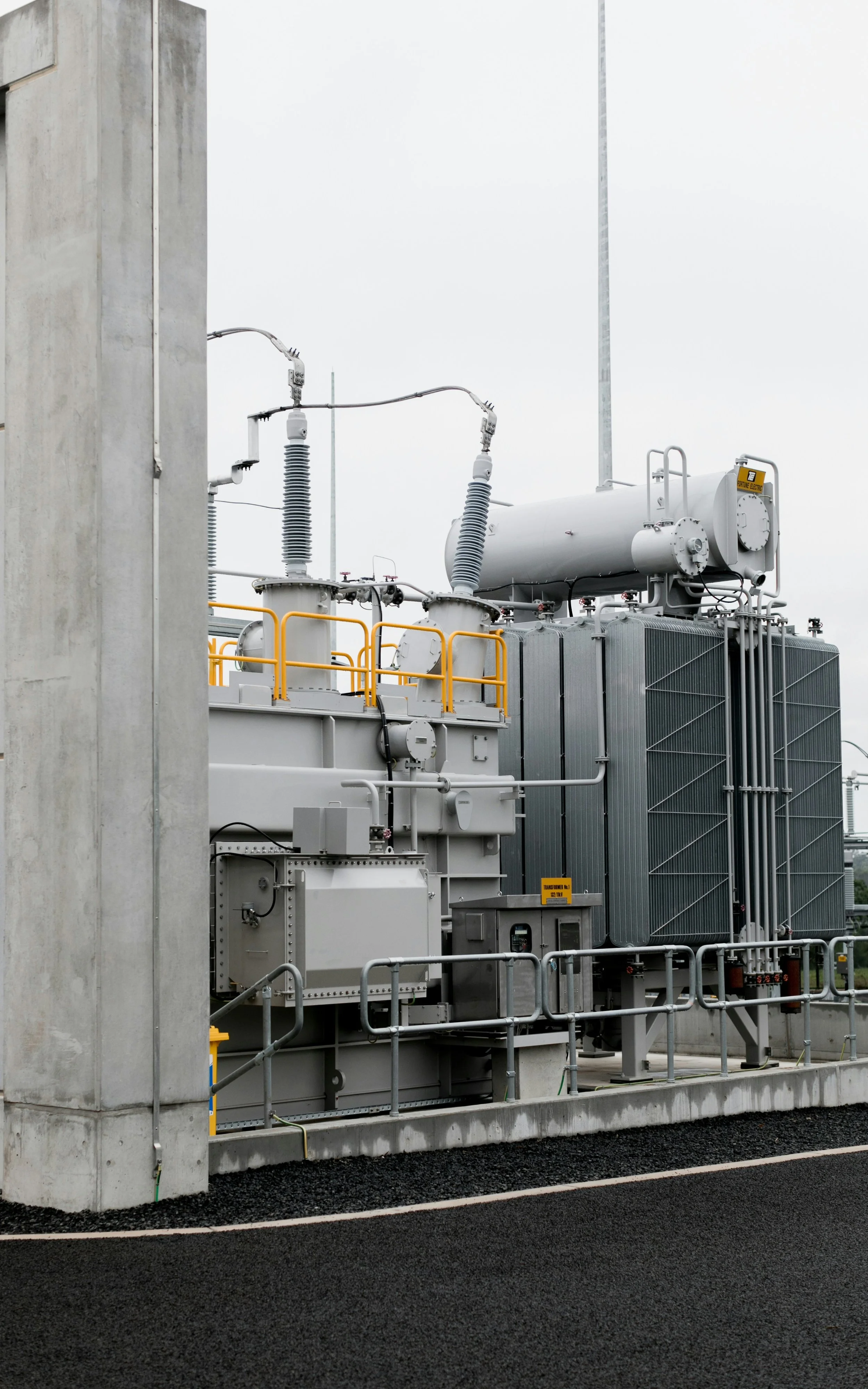
Data Centers in West Virginia
This Science and Technology Note discusses current data center legislation in West Virginia. It also focuses on their potential economic impact and the utility services required for their operation and local residents’ concerns about these requirements.
Research Highlights
The need for data centers is increasing to meet the demand for online services and artificial intelligence.
SB 4001 and HB 2014 were both passed by the West Virginia Legislature to incentivize data center development projects.
Data centers have large electric and water use requirements to power and cool their facilities, some of which are powered by microgrids.
Residents are worried that data centers in their communities may lead to air pollution issues, increased energy rates, and water contamination and scarcity issues.
The need for data centers is rising due to technological expansion, leading to states being faced with policy decisions regarding incentives and regulations. Currently there are four data centers in the pipeline in West Virginia. This Science and Technology Note discusses the impact that data centers have on local communities and what their impact could be on West Virginia.
What Are Data Centers?
Data centers are facilities that store computer servers that run online applications. Applications can range in tasks anywhere from cloud storage, social media, online banking, and artificial intelligence. With the increasing use of these types of applications, the need for data centers is increasing to meet demands. The highest concentration of data centers in the world is in Loudoun County, Virginia, however other states, including West Virginia, are seeking to attract data centers.
Data Center Legislation in West Virginia
In the US, data centers consumed 176 terawatt hours (TWh) in 2023, about 4.4% of all energy usage, and usage is expected to increase to as much as 12% by 2028. Companies may choose to build a microgrid, a small independently-operated power grid, to power their facilities. In West Virginia, SB 4001 was passed in 2022 establishing two 2,250 acre high-impact development districts in which microgrids could be built to power data centers with renewable energy. In 2025 at the request of Gov. Morrisey, and to incentivize businesses, the Legislature passed HB 2014, allowing for the use of nonrenewable energy to power microgrids. HB 2014 additionally prevents local municipalities from imposing local ordinances on data centers including: noise, light, zoning, or viewshed. This rule has many local residents concerned about the level of noise and light pollution from centers due to the lack of regulation, similar to data centers in other areas, as well as the potential for environmental destruction. SB 857 and HB 3137 were introduced in 2025 and sought to provide special tax incentives for data centers but did not advance out of committee.
Utility Usage at Data Centers
Data center power primarily comes from fossil fuel sources, and two of the proposed sites plan to build a microgrid. Data center proponents say these microgrids would allow data centers to operate independently without raising energy rates for consumers or overburdening the electric capacity. West Virginia ranks last among states in electric utility performance and 35th for affordability. Proponents argue that tax revenue may indirectly decrease energy rates for consumers by providing money to help with needed infrastructure updates. Residents have raised concerns about the lack of transparency from either the companies or state about what specifically will be used to power the plants and how much water they plan to use, as many released reports are heavily redacted. This leads to worries about air pollution for locals and potential health concerns. Another concern is data centers in other states impacting West Virginians. Electric providers in Pennsylvania are seeking to build two transmission lines to power sites in Virginia that would cross through West Virginia, the infrastructure for which would cost West Virginians an estimated $440 million.
Four sites for the proposed data centers in West Virginia (blue dots): one site in Berkeley County near Kearneysville; one in Tucker County near Thomas and Davis; and two in Mingo County, one in Wharncliffe and the other in Holden.
| Data Center Site | Energy Source | DEP Air Quality Permit | Water Source |
|---|---|---|---|
| Tucker County | Microgrid powered by natural gas | Approved | Not disclosed |
| Mingo County | Microgrid powered by natural gas | Under Review | Underground pools |
| Kearneysville | Natural gas line and high capacity electric lines | n/a | Berkeley County Public Service Water District |
Table Data Sources: Tucker County Energy and Air, Tucker County Water, Mingo County, Kearneysville Energy, Kearneysville Water
Most data centers use water to cool down computer chips, which can be damaged if they get too hot. Large data centers use as much as 5 million gallons of water every day, about the same as a town of 50,000 people. Some residents are concerned that this much water consumption will put a strain on water resources, as has been seen elsewhere. Similarly, residents are concerned about the risk of data centers contaminating water, which happened to residents in Georgia after a Meta data center was constructed near their home. An independent groundwater study commissioned by Meta, however, found the data center was not the cause. Water-saving practices could be mandated in West Virginia data centers and include using outside air; air conditioning; a closed-loop cooling system to recycle up to 70% of the water; and immersing processing chips in a synthetic cooling solution. Using renewable energy sources, which do not need cooling water, to power data centers can also save water.
Economic Impact
Data center proponents argue that they are a good source of jobs. There was a 60% increase in the number of data center jobs between 2016 and 2023 throughout the US. Most data center job creation is temporary and they employ fewer people than expected as most jobs come from construction, according to analysts and data center operators.
West Virginia does not offer tax incentives specifically for data centers, however some states that do have reported that these lead to overall losses in tax revenue. Proponents of the West Virginia facilities argue that the tax revenue from data centers will be financially beneficial to the state; however local officials argue that local communities will not sufficiently benefit. Per HB 2014, 30% of tax revenue remains in the county. 50% will go toward the personal income tax reduction fund, 10% divided between all other counties, 5% to the Economic Enhancement Grant Fund, and the remaining 5% for the Electric Grid Stabilization and Security Fund.
Data Center Regulations in Other States
With the amount of energy required by data centers, some states have begun regulating energy rates in order to help pay for needed infrastructure. Energy suppliers in Ohio and North Carolina recently mandated that data centers pay for a minimum amount of power regardless of how much they use. Virginia, which has the highest concentration of data centers in the world, passed legislation allowing energy companies to charge data centers at a different rate than residential users. Virginia also allows local ordinances to apply to data centers and they generally need local approval. This requires tests such as sound studies and assurances from utility companies that they can meet the facility’s needs. The New Jersey Legislature passed a bill requiring data center operators to submit quarterly energy and water usage reports to the Board of Public Utilities.
This Science and Technology Note was prepared by Nathan G. Burns, PhD, West Virginia Science & Technology Policy Fellow on behalf of the West Virginia Science and Technology Policy (WV STeP) Initiative. The WV STeP Initiative provides nonpartisan research and information to members of the West Virginia Legislature. This Note is intended for informational purposes only and does not indicate support or opposition to a particular bill or policy approach. Please contact info@wvstep.org for more information.


